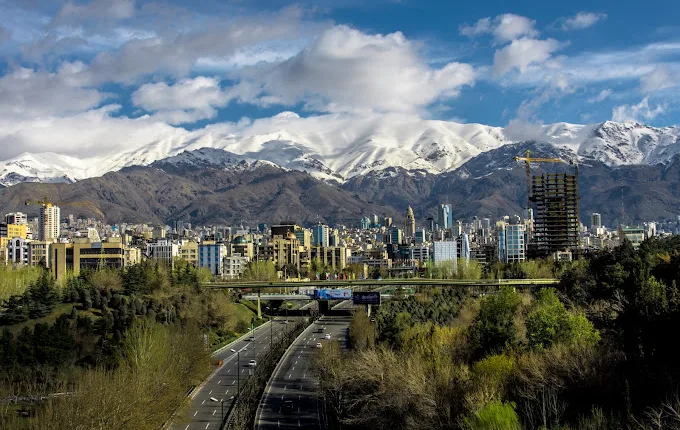Tehran, Third Cheapest City in the World
Tehran, Third Cheapest Capital in the World
Global inflation has been a pressing concern in recent years, with cities like Istanbul (Turkey), Buenos Aires (Argentina), and Tehran (Iran) witnessing record-high rates. Nonetheless, amidst these turbulent economic times, Tehran emerges as a beacon of affordability. But what makes Tehran, the third cheapest city in the world to live in?
More locally CPI inflation in the food sector hit over 71% in Iran in “rial terms” in the latest report in June 2023. However, if you are the lucky few earning foreign income or one of the growing digital nomads, Tehran could be a great option.
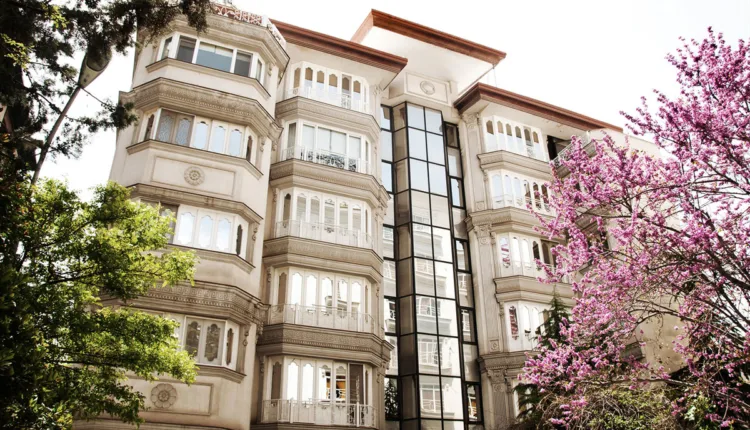
The Economic Landscape of Tehran
According to the Economist Intelligence Unit’s Worldwide Cost of Living (WCOL) report for 2022, Tehran is the third cheapest city globally, ranked at 170 out of 172 cities, with New York’s cost of living index set as the benchmark at 100. As it stands, Tehran’s index is at a modest 23.
The reason behind Tehran’s significant drop in the cost of living rankings is due to an evaluation based on the market exchange rate, in contrast to the previously overvalued official exchange rate. This adjustment paints a more accurate picture of the purchasing power parity within the country, thereby making Tehran more affordable than ever before.
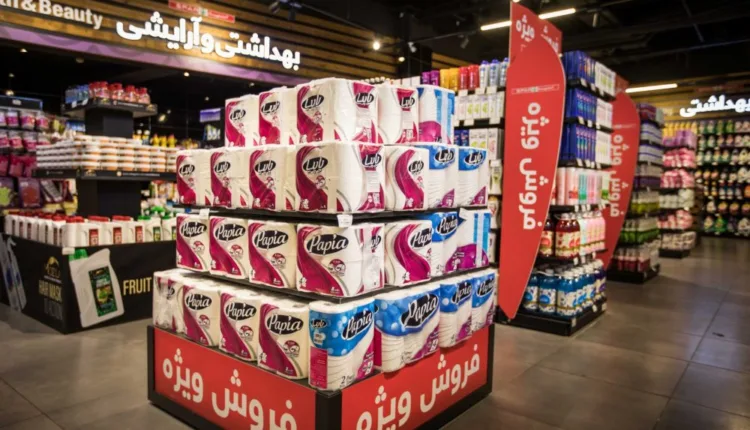
The Cost-of-Living Crisis: A Global Concern
The cost-of-living crisis is a pervasive global issue. Many cities in the 2022 WCOL survey are grappling with soaring inflation rates. Istanbul’s prices have seen an 86% rise, Buenos Aires has encountered a 64% increase, and Tehran has experienced a 57% surge in prices, all calculated in local-currency terms from the previous year.
In stark contrast, Caracas, Venezuela, has faced the highest inflation rate, with prices rising by 132% in local currency terms over the past year. However, this is significantly lower than the 2019 hyperinflation rate of 25,504%. To avoid skewing calculations, Venezuela continues to be excluded from the global averages.
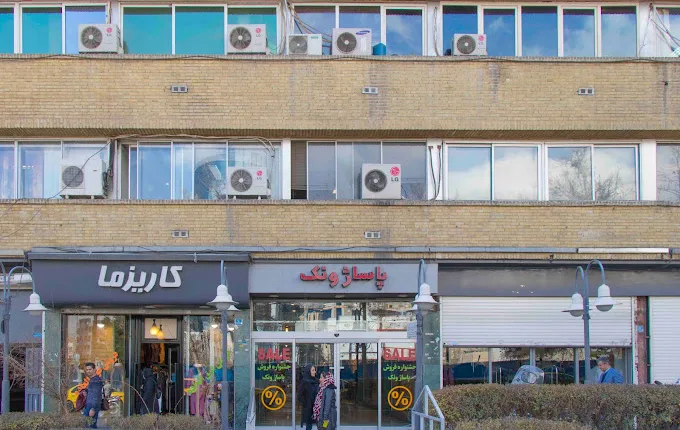
Tehran: An Unexpected Affordable Option
Despite the ongoing inflation crisis, Tehran’s affordability makes it an unexpected and appealing option for those looking for cost-effective living arrangements.
The city’s ranking is a testament to its resilience and adaptability in the face of economic instability. This new status could potentially draw more expats and immigrants searching for affordable living costs amidst the global economic upheaval.
While Tehran, and indeed Iran as a whole, face their own set of challenges, the affordability factor certainly marks Tehran as a city to watch in the global economic landscape.
As global inflation continues to unsettle the world, Tehran’s emergence as a haven of affordability showcases the dynamism and ever-evolving nature of global economic trends.

Maximizing Your Foreign Income in Tehran
For expatriates or remote workers earning in a strong foreign currency, living in Tehran could amplify their purchasing power significantly. With the cost of living being one of the lowest globally, their foreign income could stretch much further, enabling a potentially higher quality of life.
This dynamic would allow for more discretionary spending on housing, dining, entertainment, and other services or commodities.
Moreover, with savings on everyday expenditures, there’s a higher capacity for investments or saving for the future.
However, it’s crucial to bear in mind that fluctuations in exchange rates and potential governmental regulations may impact this advantage. As always, comprehensive research and thorough financial planning are essential.
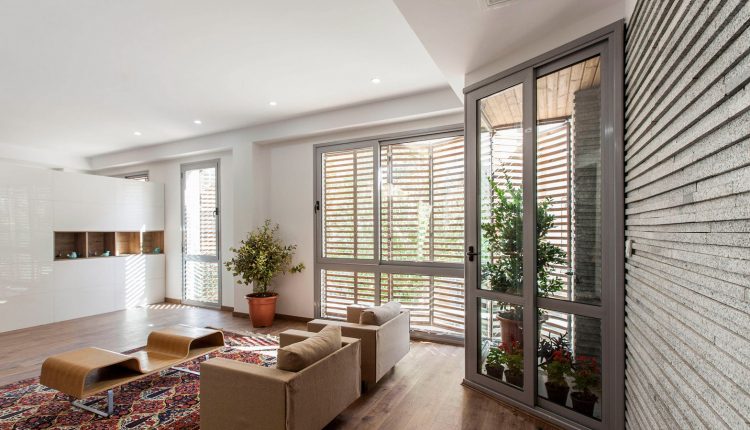
Living and Working in Tehran
As Iran’s bustling capital, Tehran offers an intriguing blend of tradition and modernity that’s reflected in its daily life and work culture. From the maze-like Grand Bazaar to the contemporary towers that dot its skyline, the city is a melting pot of cultures, customs, and architectural styles.
Daily life in Tehran is vibrant and full of energy. Traditional customs still play a significant role in people’s lives, and it’s common to see locals gathering at tea houses or engaging in friendly chatter at public parks. Tehran is well-connected by a network of buses, taxis, and a modern metro system, making it easy to get around the city.
The work culture in Tehran leans towards formal and hierarchical. Respect for seniors and adherence to rules are emphasized in most professional environments. However, Tehran’s growing startup scene is starting to shake things up, introducing a more relaxed and innovative work culture. Overall, the city provides a compelling work-life balance with its diverse job opportunities and rich cultural experiences.
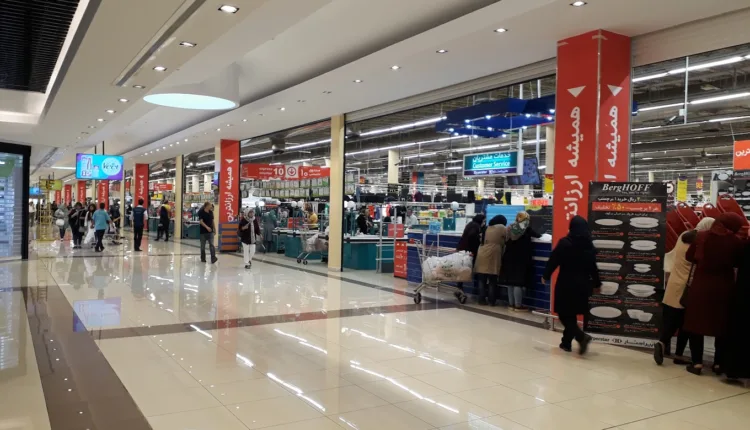
Cost Breakdown in Tehran
Living in Tehran can be very cost-effective, especially for expats earning foreign incomes. The cost of housing varies greatly, with more affordable options in older parts of the city and higher prices in upscale neighborhoods. Rental costs are substantially lower than those in Western cities.
Groceries and eating out are relatively inexpensive. Local markets offer fresh produce at reasonable prices, and even dining at a restaurant won’t break the bank. Public transportation is also very affordable, and healthcare costs are considerably lower than in many Western countries, although it’s recommended to have good health insurance.
Entertainment options abound in Tehran, from museums and galleries to theaters and concert venues, most of which are quite affordable. It’s worth noting that the cost of living can fluctuate due to Iran’s economic situation, so it’s recommended to stay updated with current market conditions.
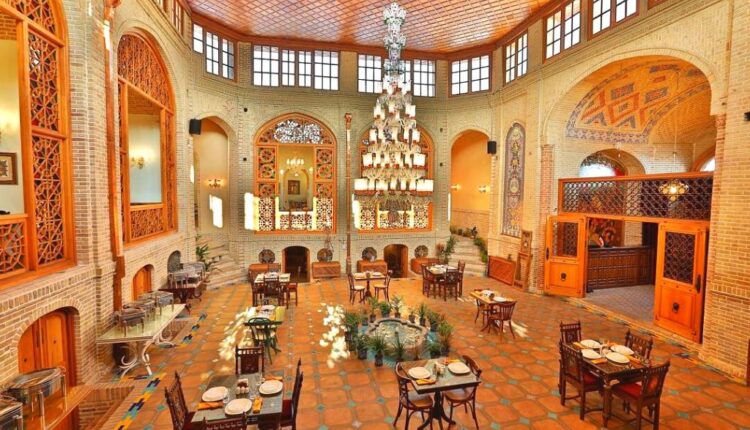
Food and Cuisine in Tehran
Tehran is a culinary paradise, offering a diverse array of traditional Persian dishes. Staples include kebabs, rice dishes like Tahchin, and hearty stews like Ghormeh Sabzi. Tehran’s food scene also includes international cuisine, thanks to a growing number of modern and trendy restaurants.
Pricewise, if you are traveling to Iran or working in the city and earning a foreign currency, then eating out becomes the norm. Read more here.
Don’t miss out on local delicacies like Dizi, a savory lamb stew, and Faloodeh, a traditional Persian dessert. Tea is the beverage of choice, served throughout the day and always offered to guests as a sign of hospitality.
Food etiquette is also essential in Iran. Meals are usually a communal affair, and it’s considered polite to always accept the food that’s offered to you. Remember, the culinary experience in Tehran is not just about the food; it’s also about the warm and welcoming culture that surrounds it.
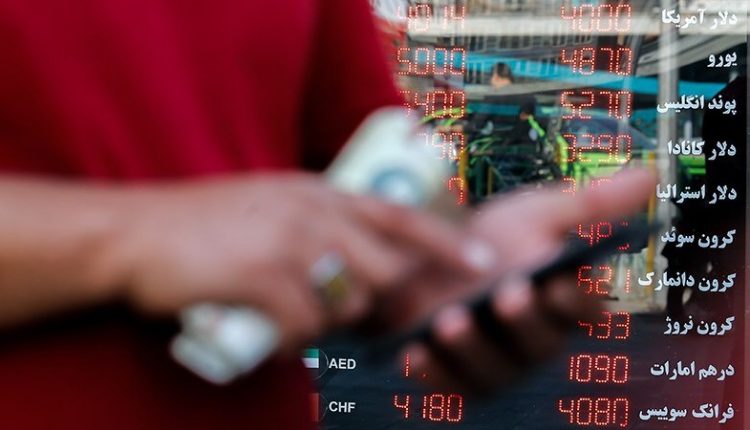
Understanding Iran’s Currency Situation
Iran’s currency, the Rial, has seen significant fluctuations due to sanctions, inflation, and economic policies. These changes can impact the cost of living, affecting the prices of goods and services. For expats earning in foreign currencies, this can potentially stretch their income further due to favorable exchange rates.
However, the currency situation also introduces an element of unpredictability, as rapid changes in exchange rates can occur. It’s advisable for foreigners living in Tehran to stay informed about the current economic situation and seek advice on managing finances in this context.
Remember, the economic scenario is just one aspect of life in Tehran. The city’s rich history, vibrant culture, and the warmth of its people more than make up for the economic challenges, offering a unique and enriching experience for those who choose to make it their home.
Disclaimer: While the cost of living is low, prospective residents should research thoroughly and consider other factors such as political climate, job opportunities, and quality of life before relocating.

